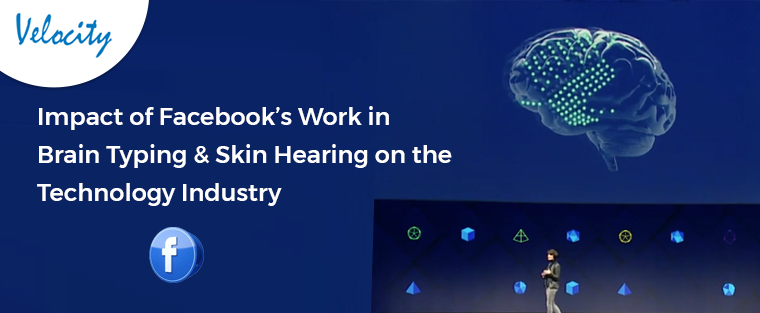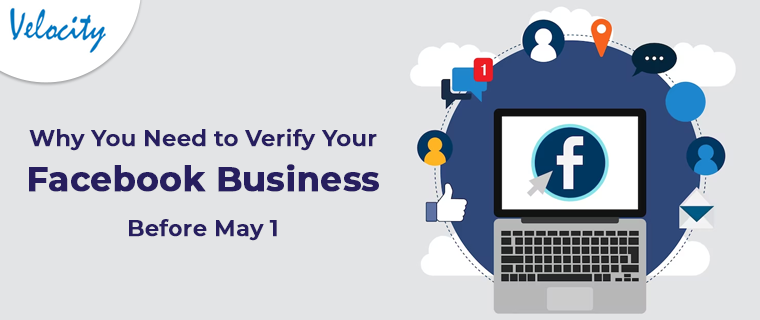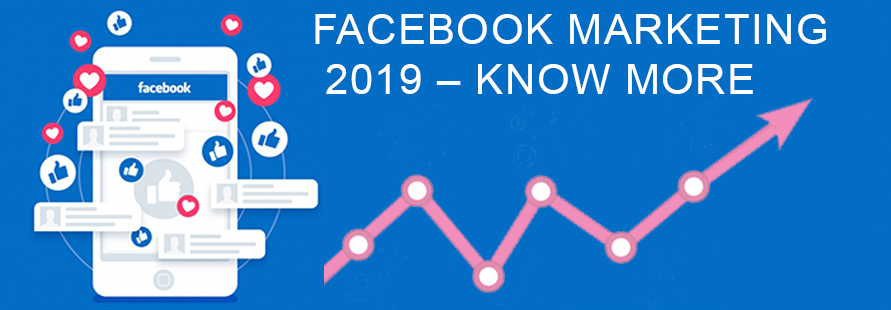Facebook’s F8 Conference has always been a platform for the tech giant to showcase its latest innovations and advancements in technology. The 2017 F8 Conference was no different, unveiling two groundbreaking technologies – Brain Typing and Skin Hearing. This blog will delve into these two technologies and explore the significance of Facebook’s work in these areas.
What is Brain Typing?
Brain Typing is a revolutionary technology that enables people to type on a computer simply by thinking about what they want. The technology utilizes brain-computer interfaces (BCIs) to translate signals from the brain into text on a computer screen. Users no longer rely on physical inputs such as a keyboard or mouse to control their devices.
How does Brain Typing work?
Brain Typing measures electrical signals in the brain, known as electroencephalography (EEG) signals. These signals are generated by the brain’s electrical activity and can be picked up by electrodes placed on the scalp. Computer algorithms then process the EEG signals to determine what the user thinks and convert those thoughts into text on a screen.
Advantages of Brain Typing
One of the most significant advantages of Brain Typing is its potential to increase the speed and accuracy of typing. Since users do not have to move their hands to type physically, they can type much faster than they would with a traditional keyboard. Additionally, Brain Typing eliminates the possibility of typing errors caused by misspelling words or hitting the wrong keys, as the technology directly interprets the user’s thoughts.
Potential Applications of Brain Typing in the Future
Brain Typing has the potential to revolutionize the way we interact with computers and other digital devices. In the future, Brain Typing could control many devices, including smartphones, tablets, and even home appliances. It could also have significant implications for individuals with disabilities, allowing them to manage their devices and communicate more easily.
What is Skin Hearing?
Skin Hearing is a new technology that allows people to hear sound through their skin. This is achieved by using specialized skin-stimulating devices that produce vibrations that are felt as sound.
How does Skin Hearing work?
Skin Hearing sends vibrations through the skin and into the body, where the brain interprets them as sound. The technology utilizes haptic devices designed to produce beats that can be felt as sound. The devices can be attached to the skin, worn as a bracelet, or integrated into clothing.
Advantages of Skin Hearing
One of the critical advantages of Skin Hearing is that it provides an alternative to traditional audio-based technologies, such as headphones and speakers. This can be particularly useful when users cannot use conventional audio technologies, such as in noisy environments or when privacy is a concern.
Potential Applications of Skin Hearing in the Future
Skin Hearing can change how we listen to music, watch movies, and interact with technology. In the future, Skin Hearing could enhance the gaming experience, providing gamers with a more immersive and tactile experience. It could also be used in virtual and augmented reality systems, providing users with a more seamless and realistic experience.
Facebook’s Breakthroughs in Brain Typing & Skin Hearing
At the 2017 F8 Conference, Facebook showcased its Brain Typing and Skin Hearing technologies advancements. The company demonstrated its Brain Typing technology by having a subject type on a computer simply by thinking about what they wanted to type. The technology could accurately translate the subject’s thoughts into text on the screen in real time.
Facebook’s work in Skin Hearing involved the development of a prototype haptic device that could be worn on the wrist. The machine produced vibrations that could be felt as sound, allowing users to listen to music and other audio without needing traditional headphones or speakers.
How is Facebook Leading the Way in Brain Typing & Skin Hearing Research and Development?
Facebook is one of the leading companies in the field of Brain Typing and Skin Hearing research and development. The company has invested heavily in these technologies, employing some of the world’s top researchers and engineers to work on their product.
One of the critical factors that set Facebook apart from its competitors in this field is its focus on developing technologies that are accessible and usable by a wide range of people. This means that Facebook is not just developing these technologies for niche markets but is looking to bring them to the masses and make them an integral part of people’s daily lives.
Impact of Facebook’s Work in Brain Typing & Skin Hearing on the Technology Industry
The impact of Facebook’s work on Brain Typing and Skin Hearing cannot be overstated. These technologies have the potential to revolutionize the way we interact with technology and change the way we live our lives.
The development of Brain Typing technology could lead to a future where people can control their devices and communicate more efficiently, regardless of physical disabilities. This could have a significant impact on the lives of millions of people around the world.
Similarly, the development of Skin Hearing technology could change how we listen to music, watch movies, and play games. It could provide users with a more immersive and tactile experience, enhancing their enjoyment and interaction with technology.
Conclusion
Facebook’s 2017 F8 Conference was a significant turning point for the tech giant and the technology industry. The unveiling of Brain Typing and Skin Hearing technologies marked a new era of innovation and showed that Facebook is at the forefront of cutting-edge research and development.
The future of technology with Brain Typing and Skin Hearing is bright, and it is exciting to think about the possibilities these technologies will bring. With Facebook leading the way, we can be sure that the future of technology will be filled with innovative and life-changing developments.










